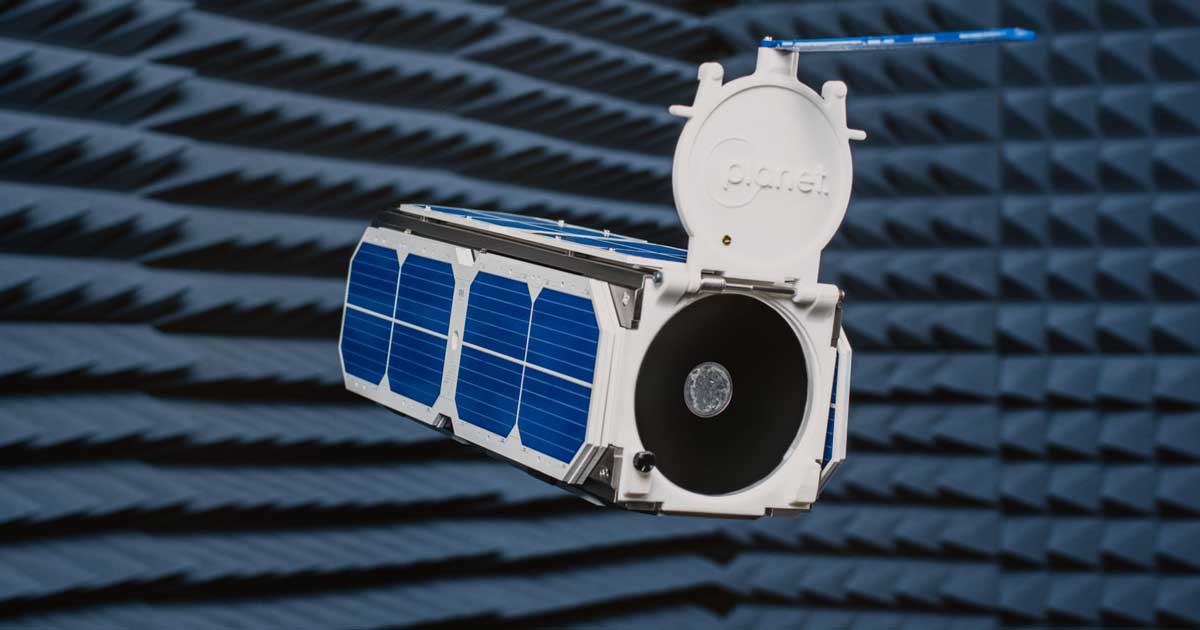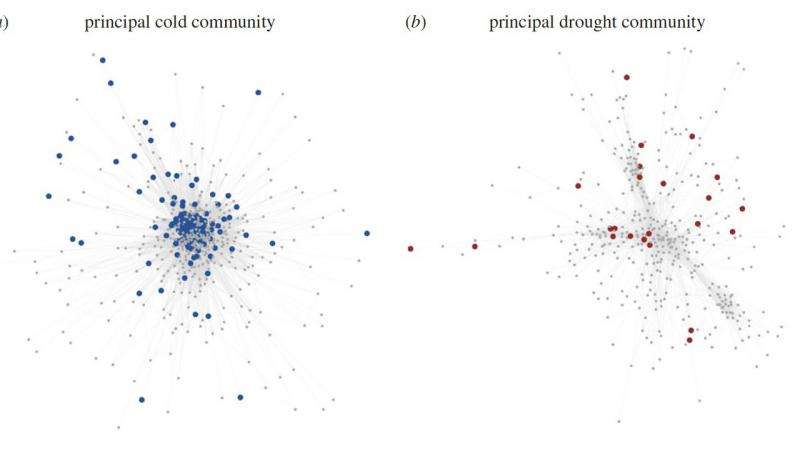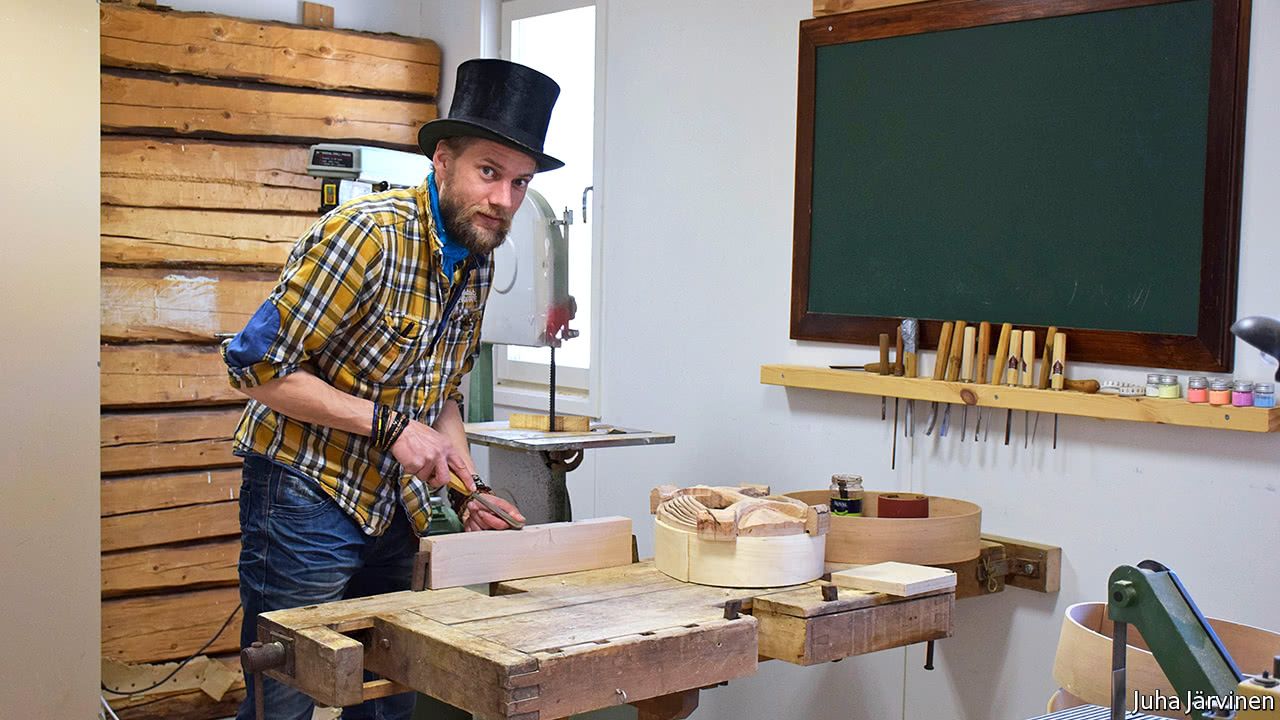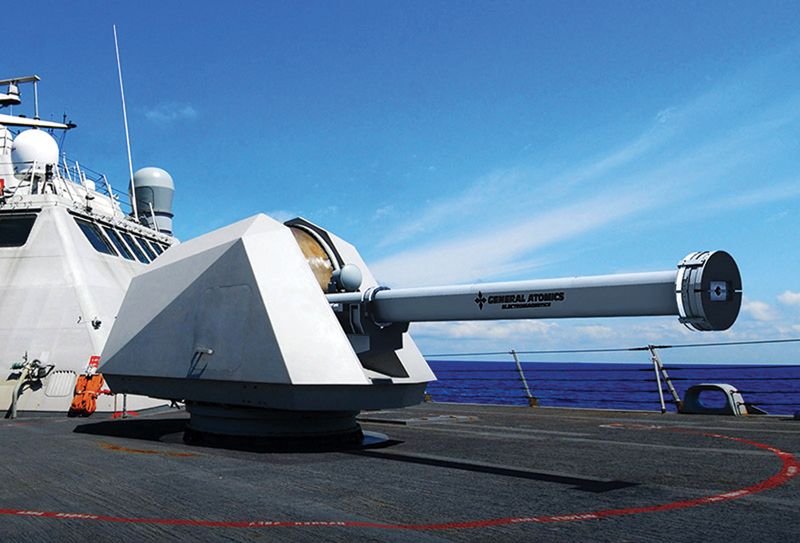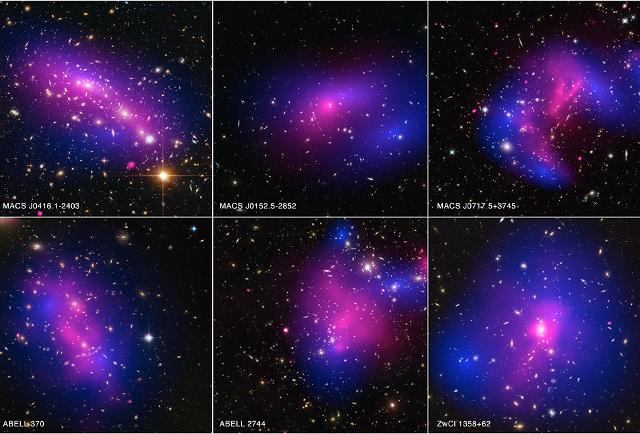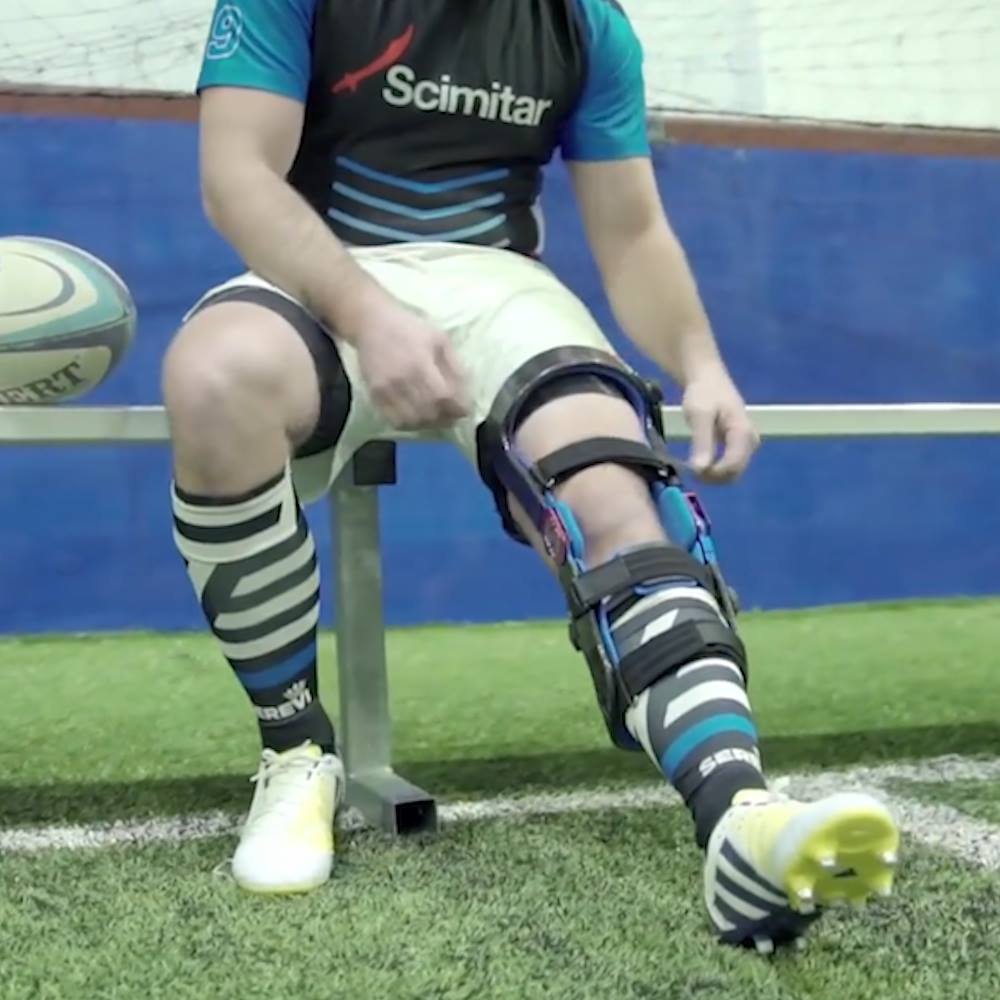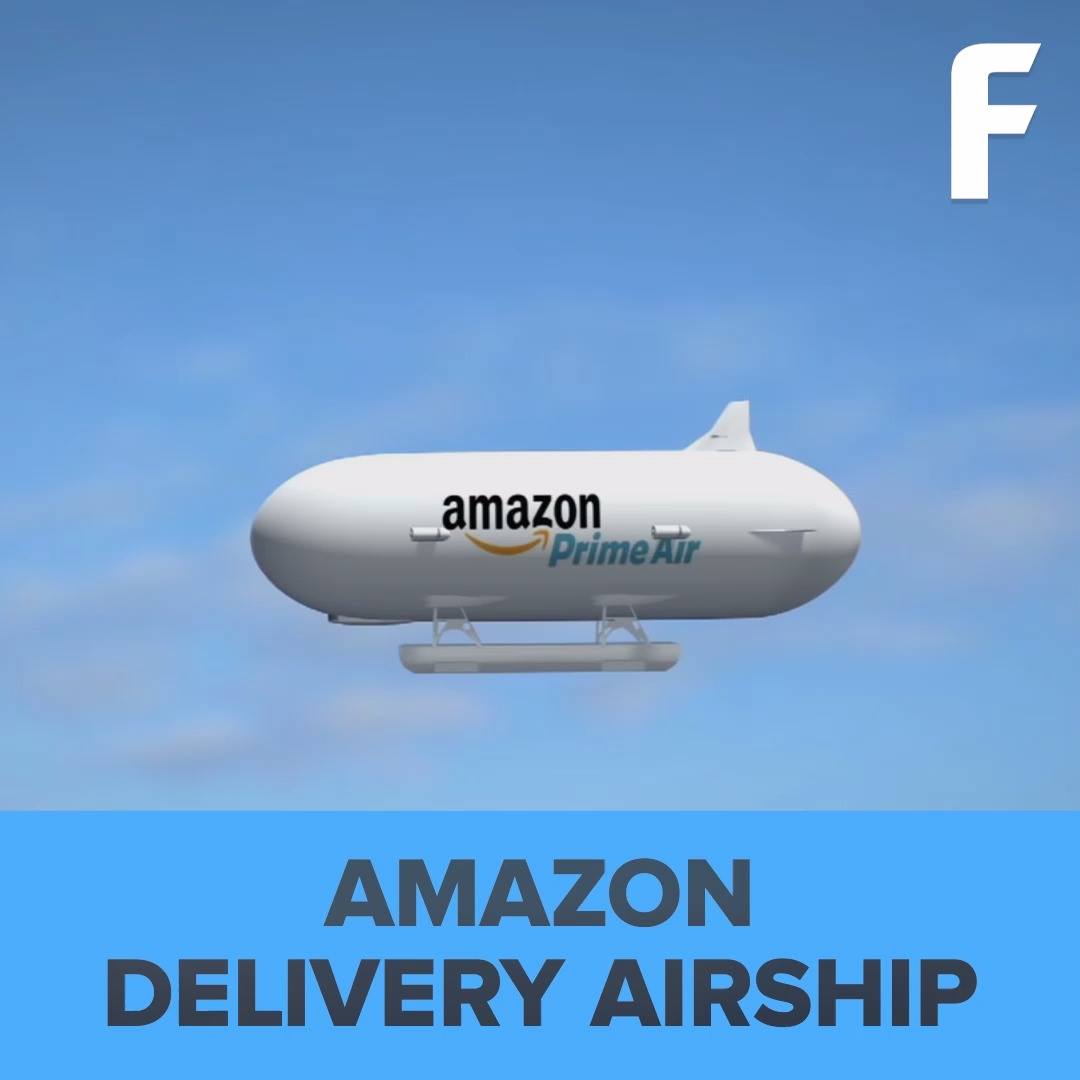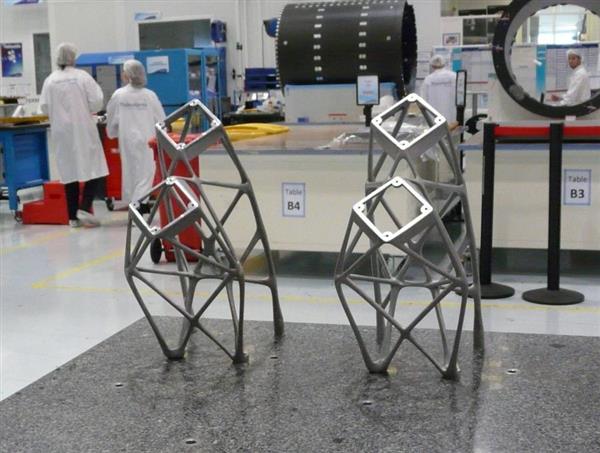Page 10068
Jun 29, 2017
New study explores plant adaptations to drought and cold stress | Phys.org
Posted by Odette Bohr Dienel in categories: complex systems, environmental, science
“Understanding interactions between different gene networks, which are evolved to respond to different stressors, and understanding natural variation in these responses could have important agricultural applications in challenging environments.”
Tag: Agriculture
Jun 29, 2017
Finland tests a new form of welfare
Posted by Derick Lee in categories: business, habitats
The study’s design faced constraints. The constitution ordains equality for all, so getting permission to afford some welfare recipients special treatment was difficult. That limitation, and a budget of only €20m (plus diverted welfare funds that would have otherwise gone to the recipients), restricted the sample size to just 2,000 people. Mr Kangas frets that might prove too small to be statistically robust. And it limits the questions the study can investigate.
JUHA JARVINEN, an unemployed young father in a village near Jurva, in western Finland, brims with ideas for earning a living. He has just agreed to paint the roofs of two neighbours’ houses. His old business, making decorative window frames, went bust a few years ago. Having paid off debts, he recently registered another, to produce videos for clients.
Mr Jarvinen says that for six years he hoped to start a new business but it was impossible. The family got by on his wife’s wages as a nurse, plus unemployment and child benefits. He had a few job offers from local businesses, which are mainly in forestry, furniture and metalwork. But anything less than a permanent, well-paid post made no sense, since it would jeopardise his welfare payments. To re-enroll for benefits later would be painfully slow.
Jun 29, 2017
Biotech startup Aortica raising $4M to develop personalized blood vessel stents for aortic aneurysms
Posted by Klaus Baldauf in category: biotech/medical
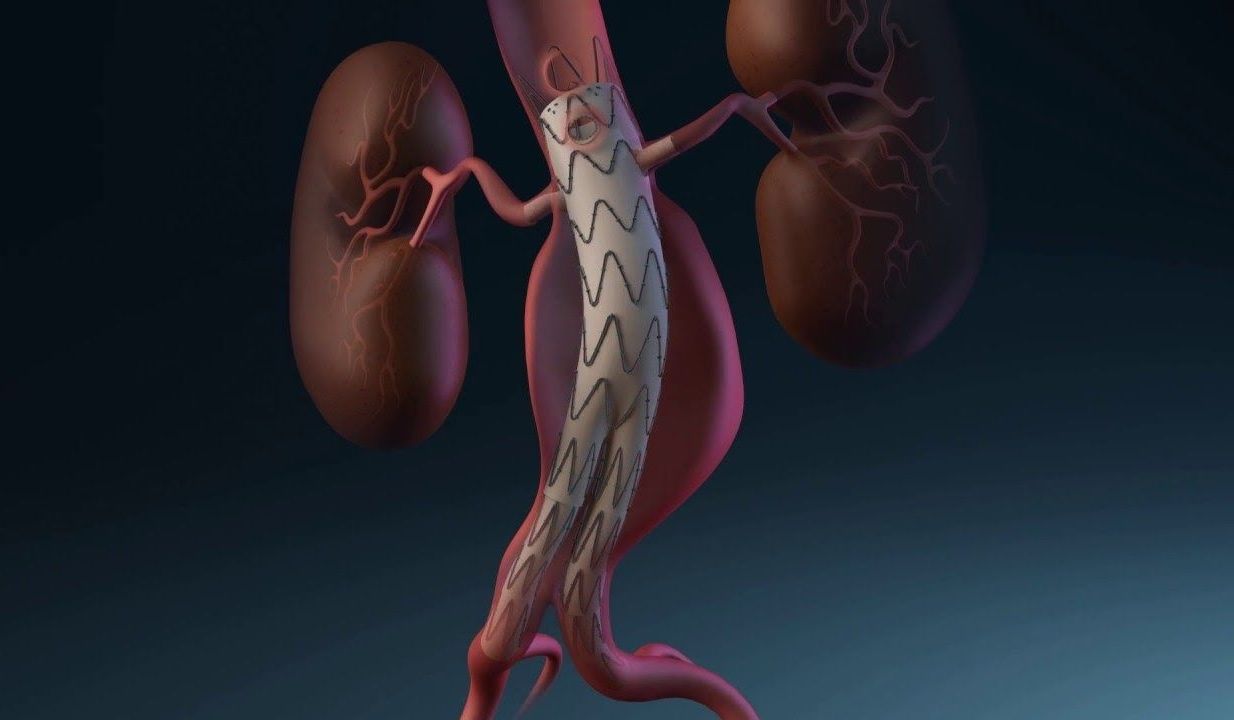
The aorta is an important blood vessel, to say the least. It’s the body’s main artery, carrying blood from the heart up to the head and down to the other major organs. That’s why aortic aneurysms, or weak spots in the aorta, are so concerning: if they break, the extreme blood loss is often fatal.
Seattle-area biotech startup Aortica is working on a personalized approach to treating aortic aneurysms, specifically complex abdominal aortic aneurysms, which are more tricky to treat. The company has closed just over $1 million out of a $4 million round of insider funding to further develop the treatment, and Aortica CEO and founder Thomas Douthitt told GeekWire the company has commitments to finish the full $4 million round.
Jun 29, 2017
MSNW’s plasma thruster just might fire up Congress at hearing on space propulsion
Posted by Klaus Baldauf in categories: government, space travel
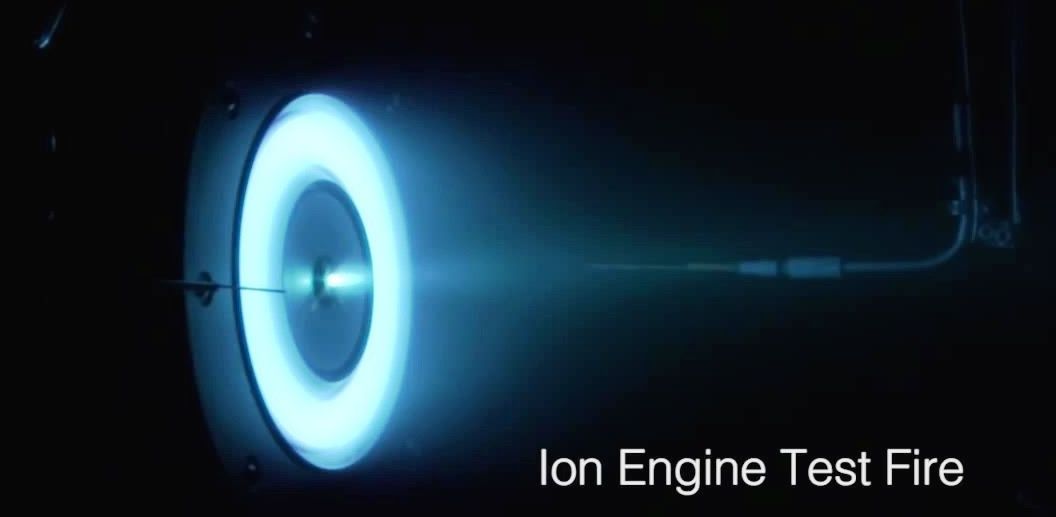
How will we send humans to the moon, Mars and other destinations in space? The chances are good that electric propulsion will play a role, and a company called MSNW is at the cutting edge of that technology.
The director of propulsion research for Redmond, Wash.-based MSNW, Anthony Pancotti, will take a share of Capitol Hill’s spotlight on Thursday during a hearing organized by the House Subcommittee on Space. And he expects to learn as much from his encounter with lawmakers as they’ll learn from him.
Jun 29, 2017
Railgun science and technology phase completing by 2019
Posted by Klaus Baldauf in categories: energy, military, science
A BAE railgun system is undergoing multi-shot rep-rate operations at Naval Surface Warfare Center Dahlgren, in Virginia. Railgun firing test will continue over the next three years. The railgun system has been tested at Dahlgren’s railgun advanced research facility since November. The Navy has successfully tested a next-generation 32-megajoule railgun.
The US Navy is gradually increasing the railgun firing rate and energy level.
Rep. Rob Wittman, R-Va., chairman of the House Armed Services Committee’s subcommittee on seapower and projection forces, said * the pulsed power units, the batteries are getting smaller and are getting more efficient * more shots are being fired without having to replace the barrel.
Continue reading “Railgun science and technology phase completing by 2019” »
Jun 28, 2017
Universe Was Rife With Iron Early On, Say Astrophysicists
Posted by Bruce Dorminey in category: alien life
Early space aliens wouldn’t need to have worried about iron-poor blood astrophysicists now report. Apparently, iron was distributed uniformly throughout the cosmos quite quickly.
The implications for #astrobiology are obvious.
Iron — a building block of everything as we know it — was ubiquitous much earlier in the cosmos than anyone could have imagined, astrophysicists now report.
Continue reading “Universe Was Rife With Iron Early On, Say Astrophysicists” »
Jun 28, 2017
Is 3D Printing the Future of Satellite Manufacturing?
Posted by Klaus Baldauf in categories: 3D printing, satellites
Thales Alenia Space has seen massive savings in time and cost for the manufacturing of its products thanks to 3D printing, said Florent Lebrun, who heads space antenna development at the company. With this new manufacturing process, not only can Thales cut production lead time for certain components from months to weeks, it can save up to 50 percent on expenditure per part, he said.
Thales began experimenting with 3D printing, or additive manufacturing, in 2013, when it produced its first few demonstrator products. In 2015, it implemented a 3D-printed part for the first time on a telecommunications satellite — an antenna horn mounting strut for TurkmenAlem52E/MonacoSat. The company also produced eight titanium antenna fittings for Arabsat 6B that year, Lebrun said.
Now, two years later, after the launch of SGDC 1, Telkom 3S and Koreasat 7, Thales has orbited around 80 3D-printed parts, with more than 120 additional parts produced this year for future applications.
Continue reading “Is 3D Printing the Future of Satellite Manufacturing?” »
